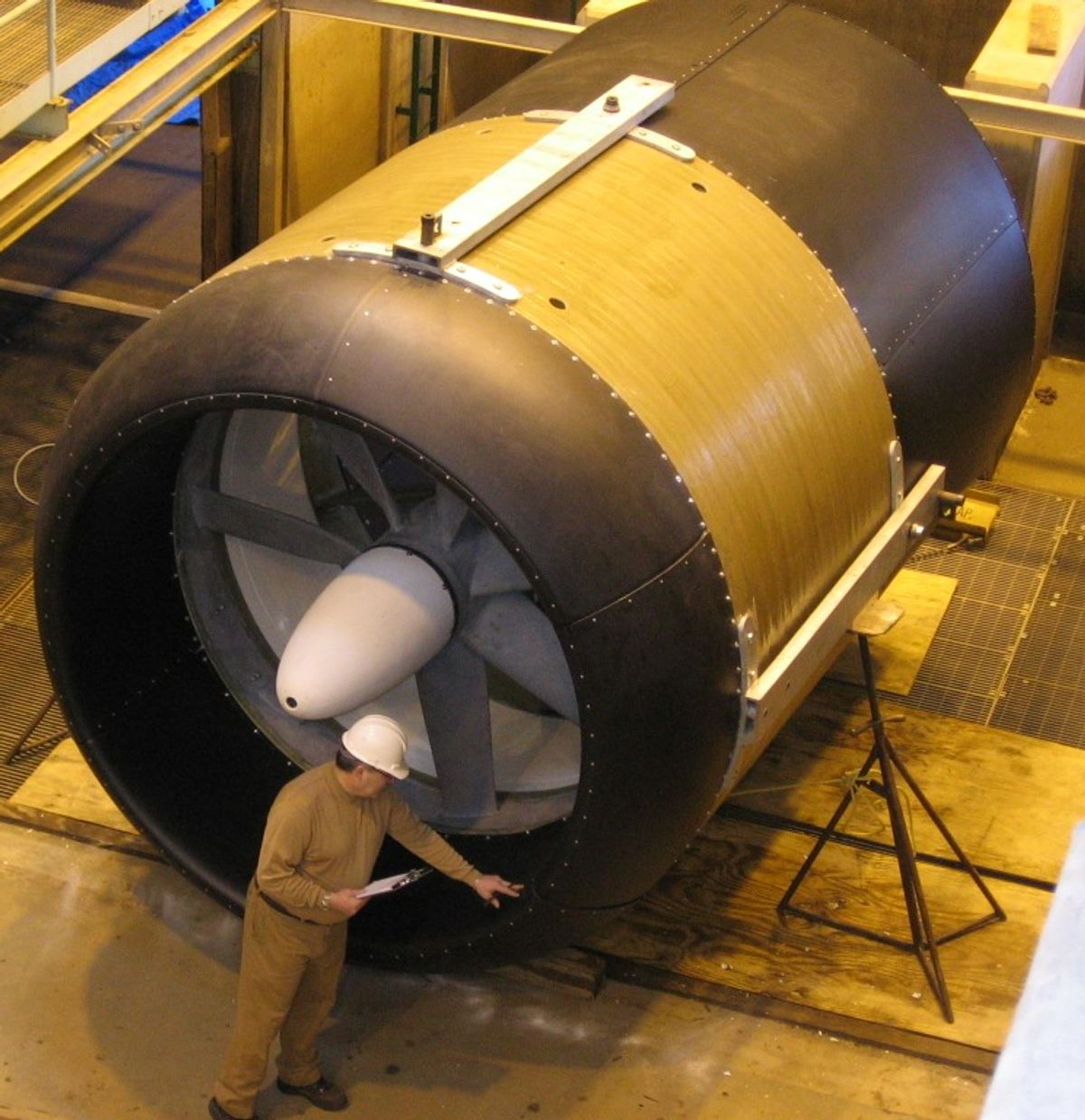Free Flow Power wants to install lines of turbines under water in the Mississippi River where the current is strongest, allowing the moving water to generate electricity in the turbines. The company already has 80 sites in the Mississippi picked out, along with another 17 in the Atchafalaya River. According to an Associated Press article, this idea "potentially could create enough energy to power the city of New Orleans."
That struck me as pretty amazing, considering that the Free Flow Power turbine design claims it can generate 10 kilowatts in water flowing 2.25 meters per second, and 40 kW in a 3 meter per second stream. The Federal Energy Regulatory Commission says that 103 total inland preliminary hydrokinetic permits have been issued, mostly along the Mississippi but also the Ohio River and scattered in other locales as well; collectively, those permits have an estimated capacity of 6,759 megawatts. And that's not the half of it: a 2007 report estimated that hydrokinetic power could provide close to 13,000 MW by 2025 (okay, it is the half of it).
The appeal of a passive system that allows already-flowing water to just keep doing what it does best is undeniable, especially in the context of the damage that a large dam can do. While some countries around the world continue to ponder massive engineering projects like the Grand Inga Dam in Africa ($80 billion, anyone?), turbines that apparently have only one moving part and can sit unnoticed in the Mississippi start to sound like a pretty good deal.
Photo via Free Flow Power
Dave Levitan is the science writer for FactCheck.org, where he investigates the false and misleading claims about science that U.S. politicians occasionally make.




